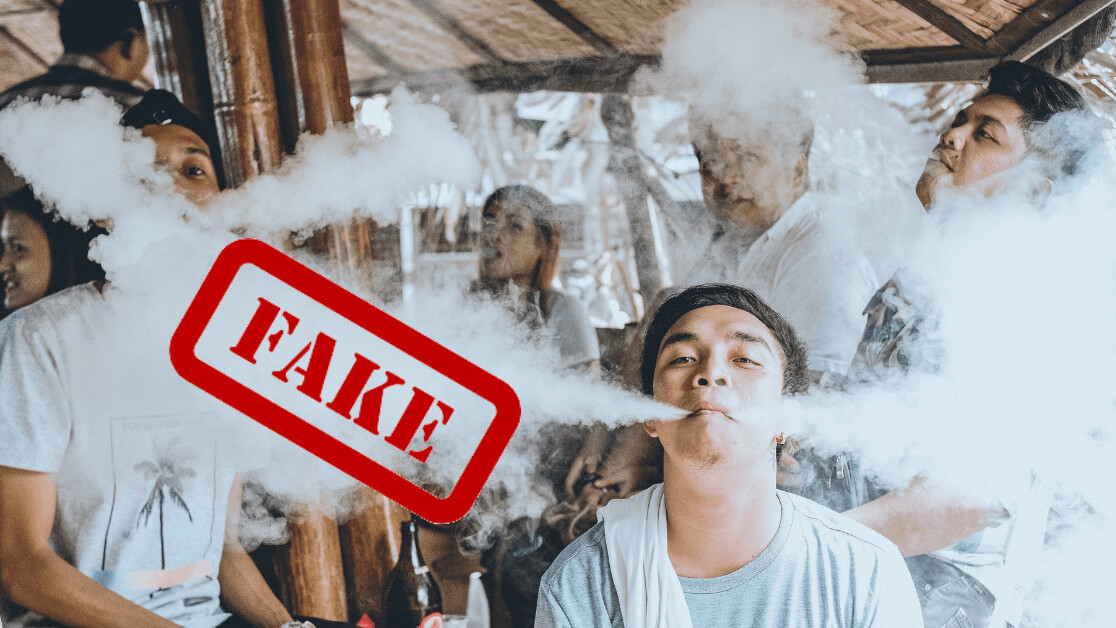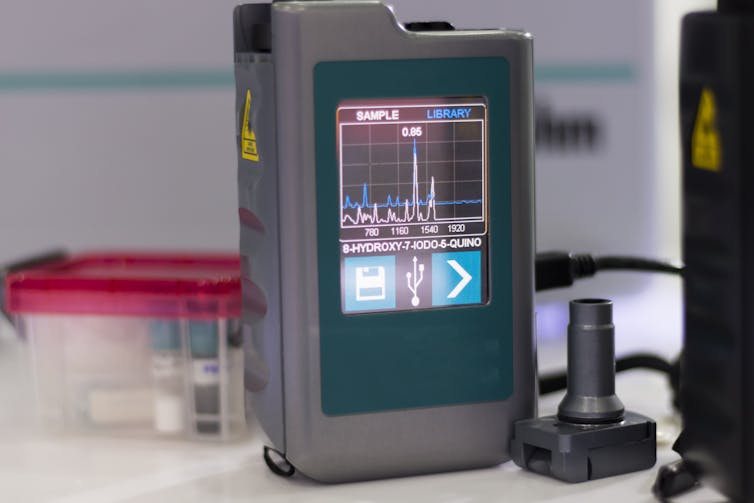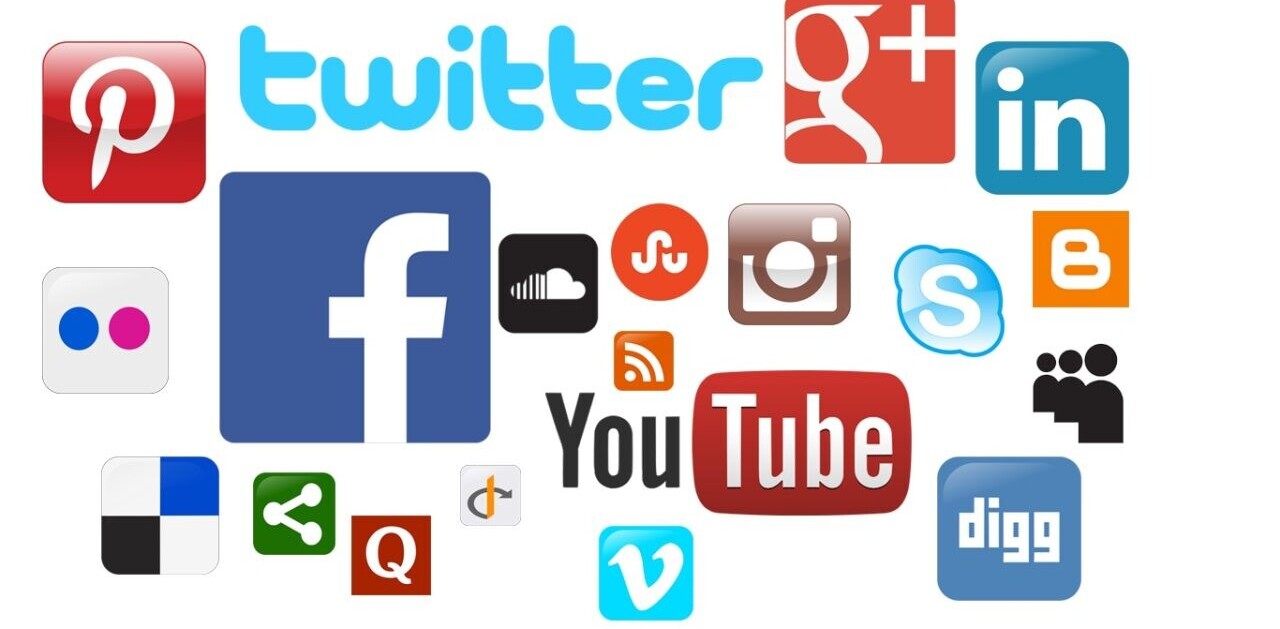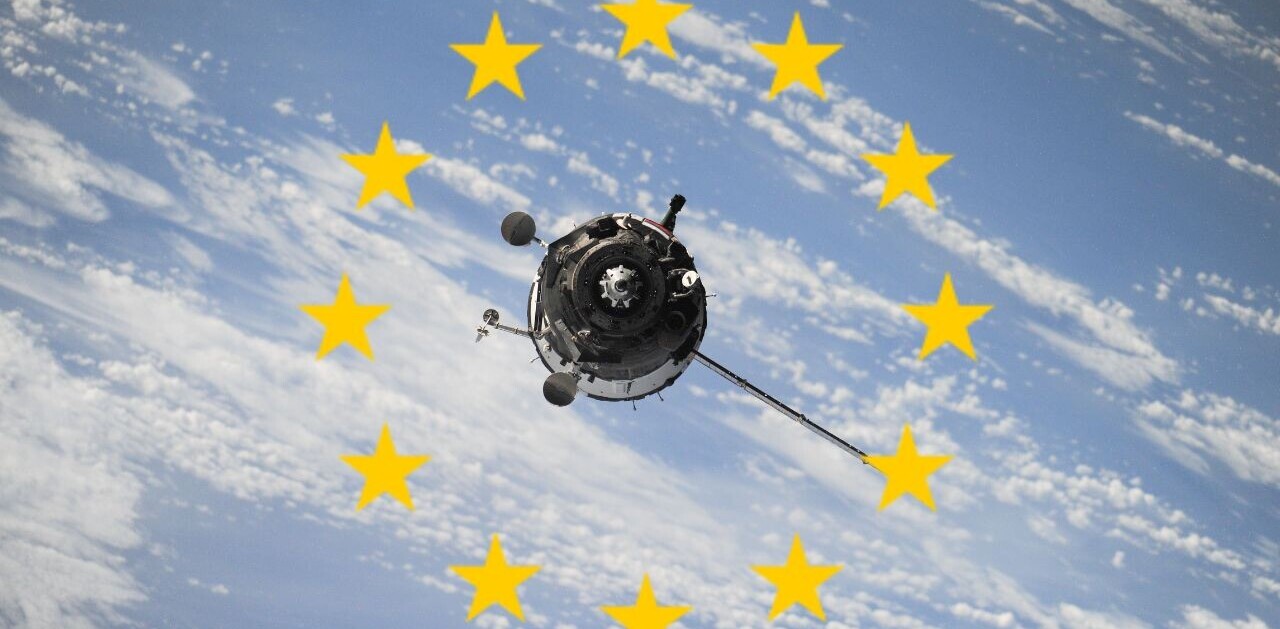
Over 35m people worldwide now use e-cigarettes, according to one estimate. In the US, this includes 4.5 percent of the adult population.
But the rise in vaping has led to a trade in fake e-liquids – the mix of water, glycerol, propylene glycol, flavors and (usually) nicotine used to create the vapor of e-cigarettes.
Fake e-liquids are those that contain ingredients or incorrect concentrations of them that do not match those on the label. In particular, fakes often contain less or more nicotine than their labels claim, or impurities such as other drugs.
The problem is that there is no current way to be sure exactly what is in an e-liquid, and no official certification scheme to guarantee that a label claim is accurate.
However, my colleagues and I are working on a way to use handheld scanning technology to spot fake e-liquids. This system could help to catch fraudsters because it does not just prove an e-liquid does not match its labeling but also provides a chemical “fingerprint” that can be linked back to its creators.
The internet has made it much easier for fraudsters to sell fake goods, and e-liquids are no exception. The problem is still new enough that we do not have good data on how common it is, but anecdotal evidence suggests many vapers are aware of the issue.
Nicotine e-liquids typically contain concentrations of between 0.1 percent and 2 percent of the drug, depending on the strength the vaper prefers. Current EU law means higher concentrations of nicotine than this are illegal. And manufacturers are required to declare any ingredient that accounts for more than 0.1 percent of its content.
Buying a fake e-liquid is not just annoying, it is potentially dangerous. It is rare for someone to consume so much nicotine that it becomes toxic, but it can happen.
High doses of nicotine can result in unwanted stimulant effects such as hypertension (high blood pressure), tachycardia (unusually high heart rate), tremors, and even seizures.
Impurities in nicotine can also affect the body but this is difficult to predict and depends on what the impurity is and its concentration.

Having a portable technology that can authenticate products would help law enforcement officers identify fake e-liquids, catch the criminals supplying them and so prevent the health problems they cause.
So we have tailored portable scanning technology already used to detect other counterfeit products including medicine and food, by creating a library of chemical signatures for e-liquids and the software to compare them to the scan results.
The technology works by firing near-infrared light at a sample. Different ingredients will reflect or absorb the light by different amounts.
So measuring this reflection gives a spectrum that acts like a fingerprint, which we can use to identify the liquid’s physical and chemical properties.
Our algorithms can then interpret this fingerprint and compare it to our library of other spectra to assess how likely it is that the liquid contains what the label says it does.
Using this kind of portable spectroscopic technology saves on the cost, labour and time of taking a sample into the laboratory, preparing and measuring it and then processing the data.
Instead, our system can scan a sample and tell users how close a match it is to entries from the library – and so how much nicotine and other ingredients it contains – without the need for them to have specialist training.
Collecting a signature takes a few seconds and the results are ready within a couple of minutes. The equipment is also stable in hot and cold climates and can be used in the field for long periods of time.
As portable versions of these instruments are already available for detecting fake drugs and tobacco, it would be easy to adapt them for law enforcement agents.
All you need to do is develop the right library of chemical signatures to detect a variety of fake e-liquids, as we have started doing. Then the police can start cracking down on this potentially dangerous trade.
This article is republished from The Conversation by Sulaf Assi, Senior lecturer in forensic sciences, Bournemouth University under a Creative Commons license. Read the original article.
Get the TNW newsletter
Get the most important tech news in your inbox each week.




